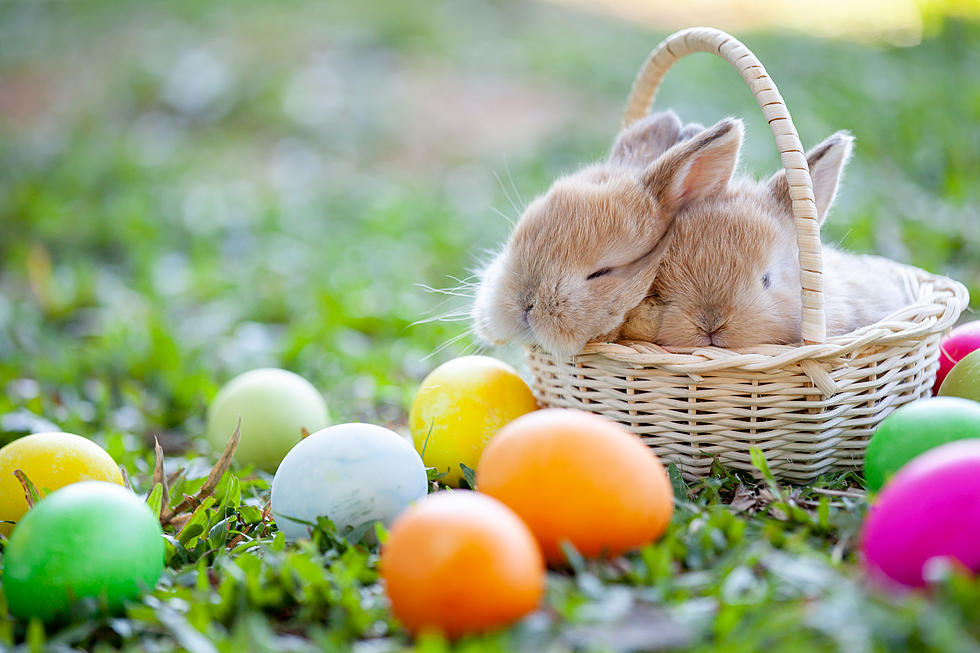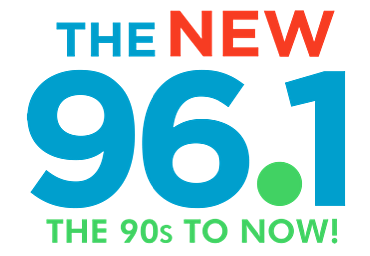
Why Bees Shouldn’t Trick or Treat…
...or, at the very least, why they should avoid a certain brand of hard-shelled chocolates.
Beekeepers in northeastern France were struggling with a mystery recently: For reason or reasons unknown, their bees were producing honey in shades of blue and green. Most un-bee-like behavior, you'd likely agree. But the puzzle remained; why was the honey blue and green? And could it be returned to the amber color we associate with it?
Well, the first answer was simple. The bees were eating sugary waste from blue and green M&Ms candies. They were traced to a plant that makes biogas, a fuel source created from rotting organic waste [usually discarded food, but in some cases actual animal waste products]. Apparently the M&Ms leftovers came from a candy plant not far than the bee's feeding locale.
The theory put up to explain the matter goes like this: bad weather in Europe thiis past summer cut back on the number of flowers that grew, also reducing the number of sugar sources for the bees. The bees, desperate to find sugary pollen, found small pieces of candy at the bottom of storage containers delivered to the biogas plant. When the sugar they ate was added to the beekeepers' honey racks, the result was blue and green honey.
The biogas plant feels terrible about the whole thing, and says it will use new techniques making it much harder for the bees to get to any candy left-overs. The beekeepers say that the coorful honey may not be usable because of its odd coloration [I don't know, I bet some talented ad agency could make it work. Then again, British beekeepers theorise the sugar was contaminated, making the honey unsafe. That sounds like British beekeepers wanting to increase sales in France, but I could be wrong].
Would you be[e] interested in odd-colored honey [if it were safe to eat, of course]? If so, what colors would you like to see? Answer here, or
More From The New 96.1 WTSS


![Look Where Buffalo Ranks in Top 10 Tailgate Cities [LIST]](http://townsquare.media/site/10/files/2015/10/Buffalo-Bills-Tailgating.png?w=980&q=75)
![The 6 Most Infamous Serial Killers From Buffalo and WNY! [List]](http://townsquare.media/site/11/files/2016/03/Police-Tape.jpg?w=980&q=75)




